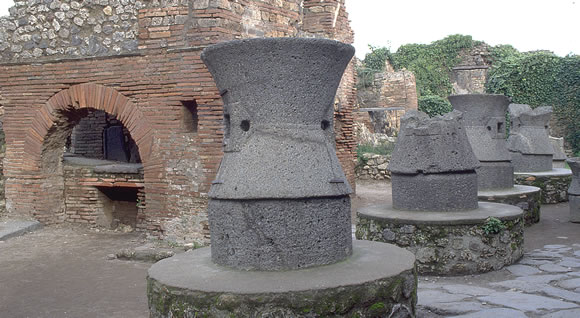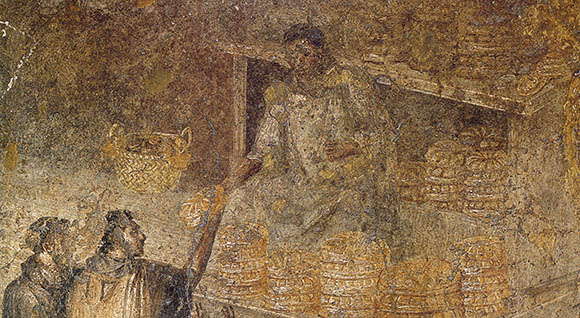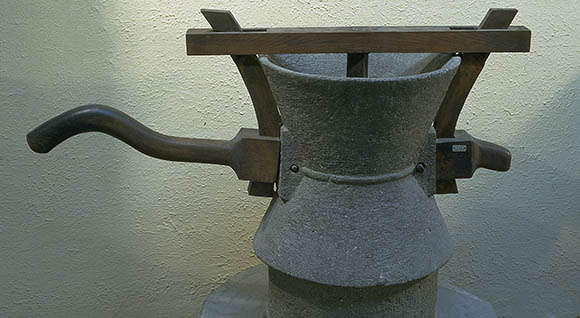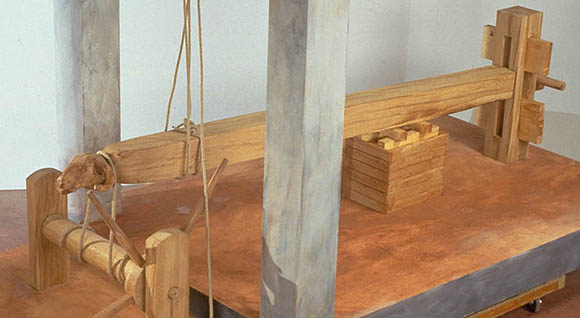8. Urban and suburban crops
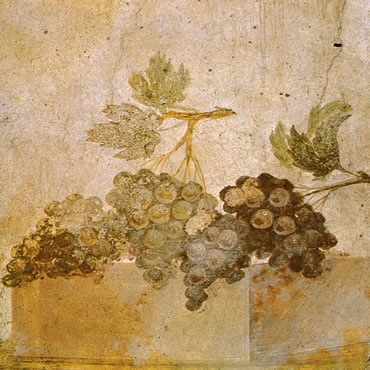
The Vesuvian soil was abundantly fertile due to its volcanic origin and the vicinity of the river, which was also necessary for irrigation. This fertility encouraged the development of a great number of different crops, especially for food and for use in producing textiles.
Knowledge of the characteristics of the soil and the perishability of products influenced the choice and placement of crops. Vegetable products developed mainly around the city, since the products needed to be distributed fairly quickly.
The moist plains were mainly used for textile crops, and the nearby river was also used to process the fibers. The drier hillsides, exposed to the sun, were used to plant grapes, grains - primarily wheat and barley - and fruit trees, especially those with produce easy to store such as nuts, hazelnuts and figs: these crops were often planted together. Crop rotation was also practiced to allow the soil to regenerate.
Vegetable patches, annexed to modest houses, were generally limited in size; they were concentrated in the south-eastern part of the city. Few traces remain of how vegetables were cultivated, while we know that, among woody plants, grape vines tended to be grown on arbours or planted in rows. Common trees were hazel nut, fig, and the fruit trees belonging to the rose family.
There were various productions tied to artisan-agricultural activity. In the garden of the House of Hercules, whose owner was a perfume maker, there were herbaceous plants, probably lilies or roses, and olives, the latter providing the oily bases for unguents and perfumes.
Within the city boundaries there were also nurseries where plants were grown in rows shaded by trees. Gardens, decorated with statues and fountains, were often enclosed by the columns of peristyles and subdivided into flowerbeds, as in the House of the Chaste Lovers. Ornamental plants were not particularly prized, but were arranged in studied symmetry. As we see in some wall paintings, flowerbeds were enclosed by reed lattices.
Public green spaces were not widespread, even counting the great palaestra’s shade of plane trees arranged in double rows along three of its four sides.
In the Sarno River valley, there was a succession of harvests spanning the entire year. Excavations have revealed various types of agricultural organisation relating to orchards, vegetables plots, and cereal fields. In suburban Pompeii, crops were primarily fruits and vegetables, and to a small extent cereals. These were planted around the suburban villas.
Flour for bread and cakes was produced from cereal grains, such as barley and wheat. Flour was also made from spelt, roasted and pounded in a special mortar.
Legumes were also widely cultivated, and in increasing importance, the grape and the olive. Agricultural products were processed using millstones and wine and oil presses.
- Provenance: Pompeii I,10,7, House of the Blacksmith, atrium (1932)
- Date: First century AD
- Provenance: Pompeii, R.VII,3.30 (from the tablinum)
- Date: Second half of the first century AD


